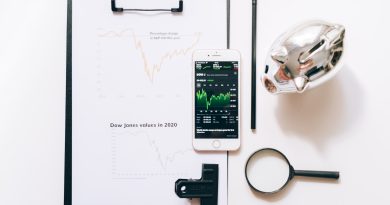Market Timing vs. Trend Following
Market timing is certainly one of the most dangerous words in trading, especially when applied by inexperienced investors. Market timing is the approach of attempting to forecast future price movements using fundamental and technical analytical methods. When used to predict trading moves, it almost always results in disaster and losses.
Many investors believe that market timing and trend following are synonymous, but they rather are not. Trend Followers REACT to market movement and act on it when it occurs. Market Timers believe they can PREDICT turning points in advance and buy at a low or sell at a high.
Unfortunately, perfect market timing is hard to achieve because no one can forecast the market accurately. Market timing recommends “buy low and sell high,” but this is not how trend following works.
The True Purpose of Trend Following
To maximize your chances of success in trend following, you must wait for confirmation of a trend happening as well as the development of it. Doing that, you will miss the start of the trend and will not buy at the bottom or sell at the top, but this is all in hindsight.
The purpose of waiting for confirmation for the trend to develop is to increase significantly the likelihood of the trend continuing and thus you receiving a share of the profits.
The genuine approach to generating money by trend following is to wait for confirmation of a trend rather than forecast it. The remunerative approach is then “buy high and sell higher” and “sell low and buy lower.” You will incur significantly fewer losses while still making good gains than if you attempted to predict trends using market timing strategies.
Many traders are drawn to market timing because they believe it reduces risk. But market timing is guaranteed to fail in the long run since the market never does precisely what we anticipate it to do, and no scientific law governs the market (despite what followers of predictive theories like Gann and Elliott Wave may claim).
We’re merely dealing with possibilities here, not absolutes. Trading is an odds game, and your market entrance and exit points should reflect this. This means only trading when the trend is active and likely to continue.
Managing Volatility
A breakout strategy is the most effective way to enter a trend. A breakout strategy seeks to enter a trade as soon as the price breaks out of its trading range. Traders seek high momentum, and the breakout is the indication to enter the trade and profit from the subsequent market action. However, very often the trade dips stop-loss out the trader before the trend goes back the way it was intended. Being forced to withdraw from a trend that is already in action is undoubtedly one of the most difficult situations for traders to face. However, there is a solution which is trading the options.
Options provide the trader the staying capacity to ride out short-term setbacks, but you must know how to use them effectively, which means:
- Purchasing in or near the money options;
- Ensure that you have enough time on your side.
This will substantially boost your chances of success, by providing you with staying power, and fewer risks.
The most effective trading method, vehicle, and markets
As seen, a breakout strategy is the best way to get in on a trend, and options are the finest vehicle for controlling and managing risk on entry.
Finally, the best markets to invest in with the finest trends are the worldwide FOREX markets, including all major currencies, which provide excellent long-term trends, many of which continue for years. These trends that depend on macro economical factors often last so long that you can forget about market timing and just grab a percentage of the trend, which will still provide you large gains in the long run. Cryptocurrency markets offer trends that can be exploited too, even though in a much shorter time frame.
As you can see, market timing is misunderstood. It has nothing to do with making money from trend following and, in fact, it increases risk rather than decreasing it.




